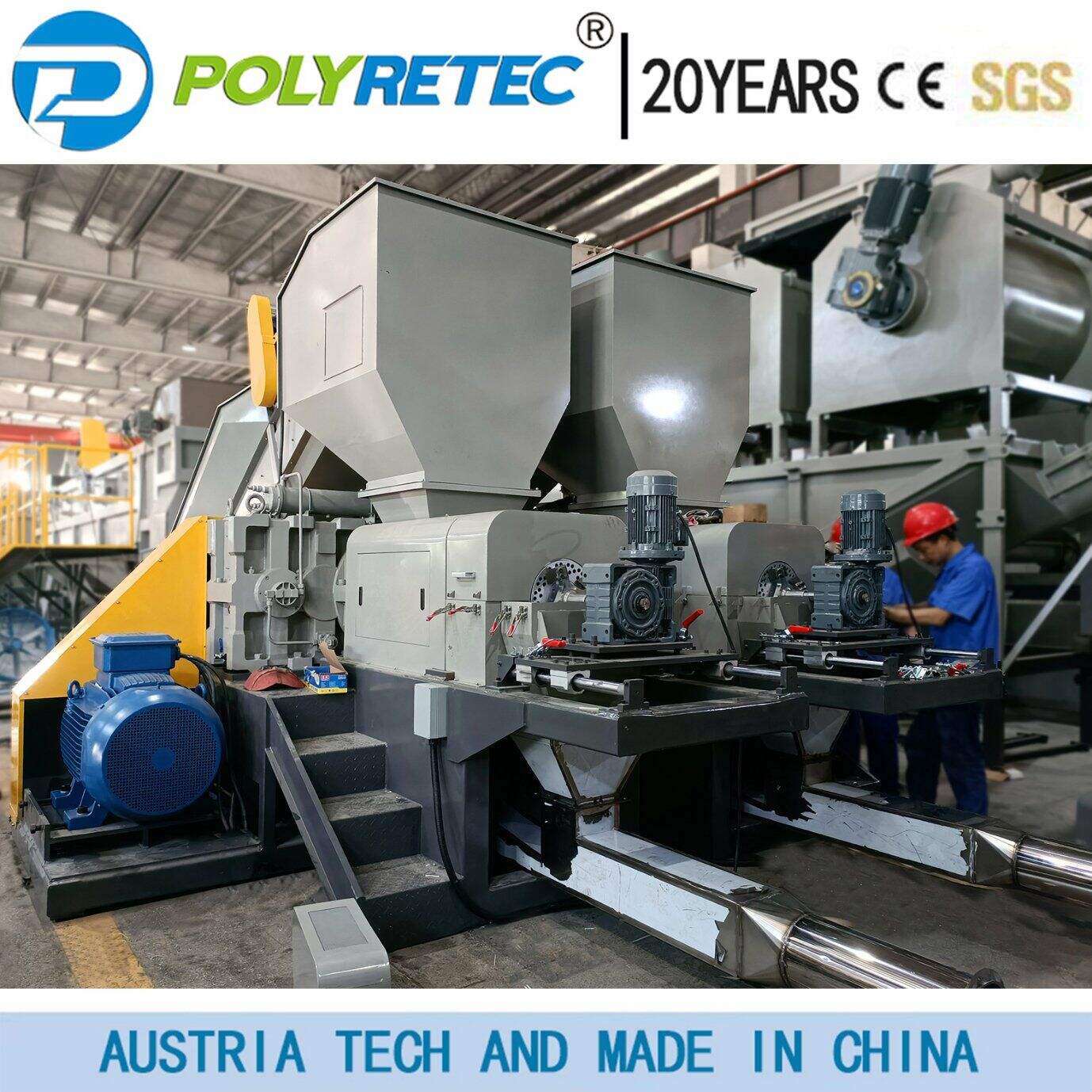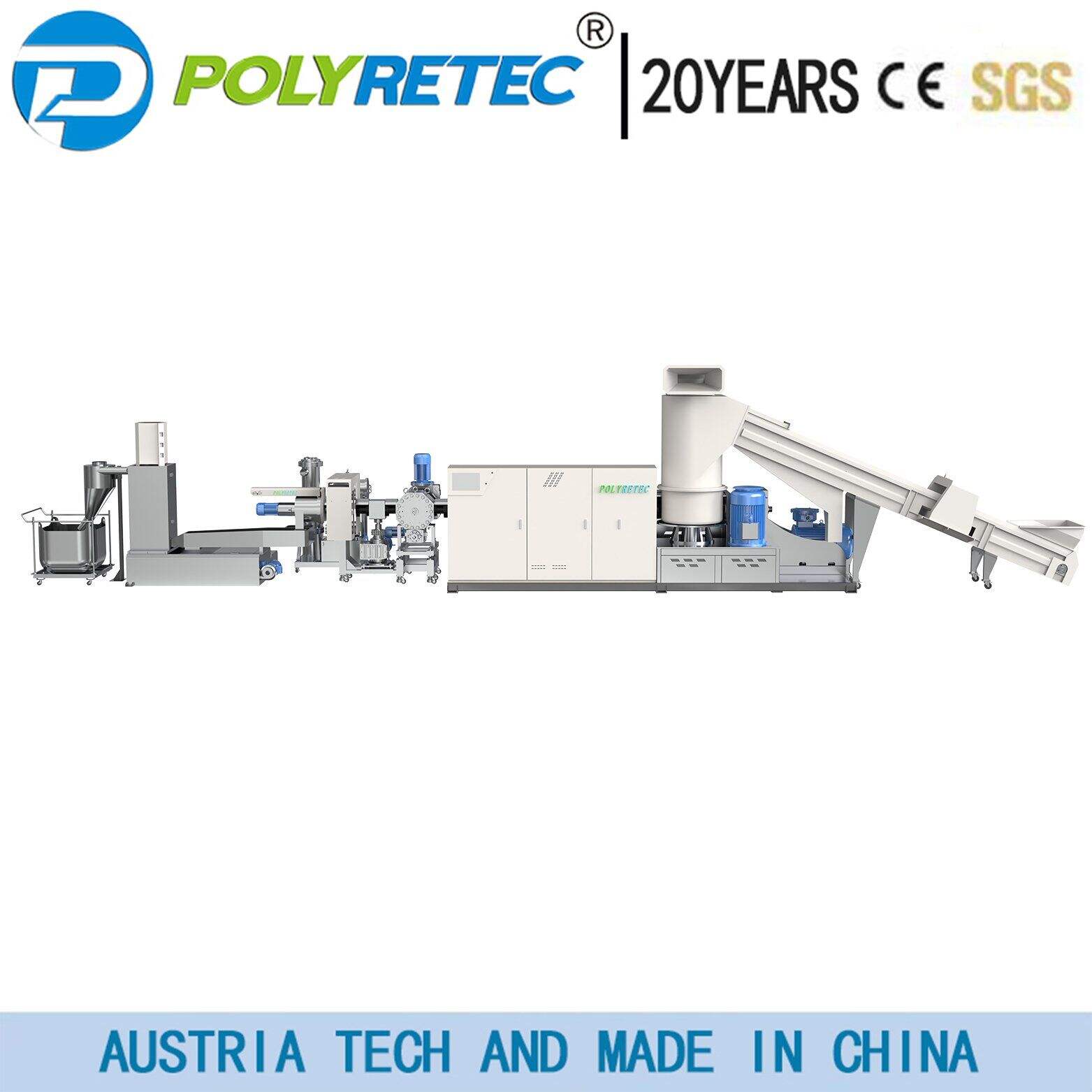Revolutionizing Recycling Operations Through Advanced Technology
The recycling industry stands at a pivotal moment as smart monitoring transforms traditional waste management into a highly efficient, data-driven operation. Processing facilities worldwide are discovering how intelligent surveillance and control systems can dramatically improve their productivity, reduce downtime, and optimize resource utilization. This technological revolution is reshaping how recycling plants operate, making them more responsive, productive, and environmentally conscious than ever before.
Understanding Smart Monitoring Systems in Recycling
Core Components of Modern Monitoring Solutions
Smart monitoring in recycling facilities encompasses a sophisticated network of sensors, cameras, and data analytics platforms working in harmony. These systems continuously track crucial operational parameters, from conveyor belt speeds to material composition and sorting accuracy. Real-time data collection enables immediate detection of irregularities, while advanced algorithms process this information to identify patterns and optimization opportunities.
The integration of Internet of Things (IoT) devices further enhances monitoring capabilities, creating a comprehensive overview of the entire recycling process. These interconnected sensors communicate seamlessly, sharing vital information about equipment performance, material flow, and environmental conditions throughout the facility.
Data Analytics and Performance Metrics
Modern smart monitoring solutions excel at transforming raw data into actionable insights. Machine learning algorithms analyze historical performance data to predict maintenance needs, optimize sorting efficiency, and identify bottlenecks in the processing line. This predictive capability allows facility managers to make informed decisions about resource allocation and process improvements.
Performance metrics tracked through smart monitoring include throughput rates, contamination levels, equipment efficiency, and energy consumption. By maintaining detailed records of these parameters, facilities can establish benchmarks and continuously refine their operations for maximum productivity.
Operational Benefits of Implementing Smart Technology
Enhanced Processing Efficiency
Smart monitoring systems dramatically improve material processing efficiency by maintaining optimal operating conditions. Real-time adjustments to equipment settings ensure consistent performance, while automated quality control measures reduce contamination rates. The result is a higher throughput of properly sorted materials ready for recycling.
These systems also enable precise tracking of material flow, helping identify and eliminate bottlenecks that could hamper productivity. By monitoring conveyor speeds, sorting accuracy, and equipment performance, facilities can maintain peak efficiency throughout their operations.
Predictive Maintenance Advantages
One of the most significant benefits of smart monitoring is its ability to predict and prevent equipment failures. By analyzing performance patterns and detecting subtle changes in operating parameters, these systems can alert maintenance teams to potential issues before they cause breakdowns. This proactive approach significantly reduces unplanned downtime and extends equipment lifespan.
Maintenance scheduling becomes more strategic and cost-effective, as repairs can be planned during natural operational lulls. This optimization of maintenance activities ensures maximum uptime while minimizing the impact on daily operations.

Financial Impact and Return on Investment
Cost Reduction Through Optimization
The implementation of smart monitoring systems leads to substantial cost savings across multiple operational areas. Reduced energy consumption, minimized waste, and optimized resource utilization directly impact the bottom line. Labor costs decrease as automated monitoring reduces the need for manual inspection and troubleshooting.
Additionally, improved sorting accuracy results in higher-quality recycled materials, which command better market prices. The combination of operational efficiency and enhanced output quality creates a compelling financial advantage for facilities investing in smart monitoring technology.
Long-term Economic Benefits
Beyond immediate operational savings, smart monitoring systems provide long-term economic advantages. The extended equipment lifespan resulting from predictive maintenance reduces capital replacement costs. Improved compliance with environmental regulations through better process control helps avoid potential fines and penalties.
Furthermore, the ability to demonstrate consistent quality and reliability through detailed monitoring data can help secure valuable contracts and partnerships, creating additional revenue streams for the facility.
Environmental and Sustainability Advantages
Reduced Environmental Impact
Smart monitoring contributes significantly to environmental protection by optimizing resource usage and minimizing waste. Improved sorting accuracy ensures more materials are successfully recycled rather than sent to landfills. Energy consumption reduction through optimized operations helps decrease the facility's carbon footprint.
These systems also enable better tracking and reporting of environmental metrics, helping facilities demonstrate their commitment to sustainability and compliance with environmental regulations.
Future Sustainability Initiatives
As smart monitoring technology continues to evolve, it enables increasingly sophisticated sustainability initiatives. Advanced data analytics can identify new opportunities for process improvement and waste reduction. Integration with renewable energy systems and water conservation measures further enhances environmental performance.
The ability to adapt quickly to changing material streams and regulatory requirements ensures that facilities remain at the forefront of sustainable recycling practices.
Frequently Asked Questions
What initial investment is required for smart monitoring implementation?
The initial investment varies depending on facility size and existing infrastructure, but typically includes costs for sensors, software, installation, and staff training. Most facilities see a return on investment within 12-24 months through improved efficiency and reduced operational costs.
How does smart monitoring impact workforce requirements?
While smart monitoring automates many monitoring and control tasks, it doesn't eliminate the need for skilled workers. Instead, it shifts focus from routine inspection to data analysis and strategic decision-making, often requiring additional training for existing staff.
Can smart monitoring systems be integrated with existing equipment?
Yes, most modern smart monitoring solutions are designed to integrate with existing recycling equipment through retrofitted sensors and control systems. This flexibility allows facilities to implement monitoring capabilities gradually while maximizing the value of current infrastructure.




